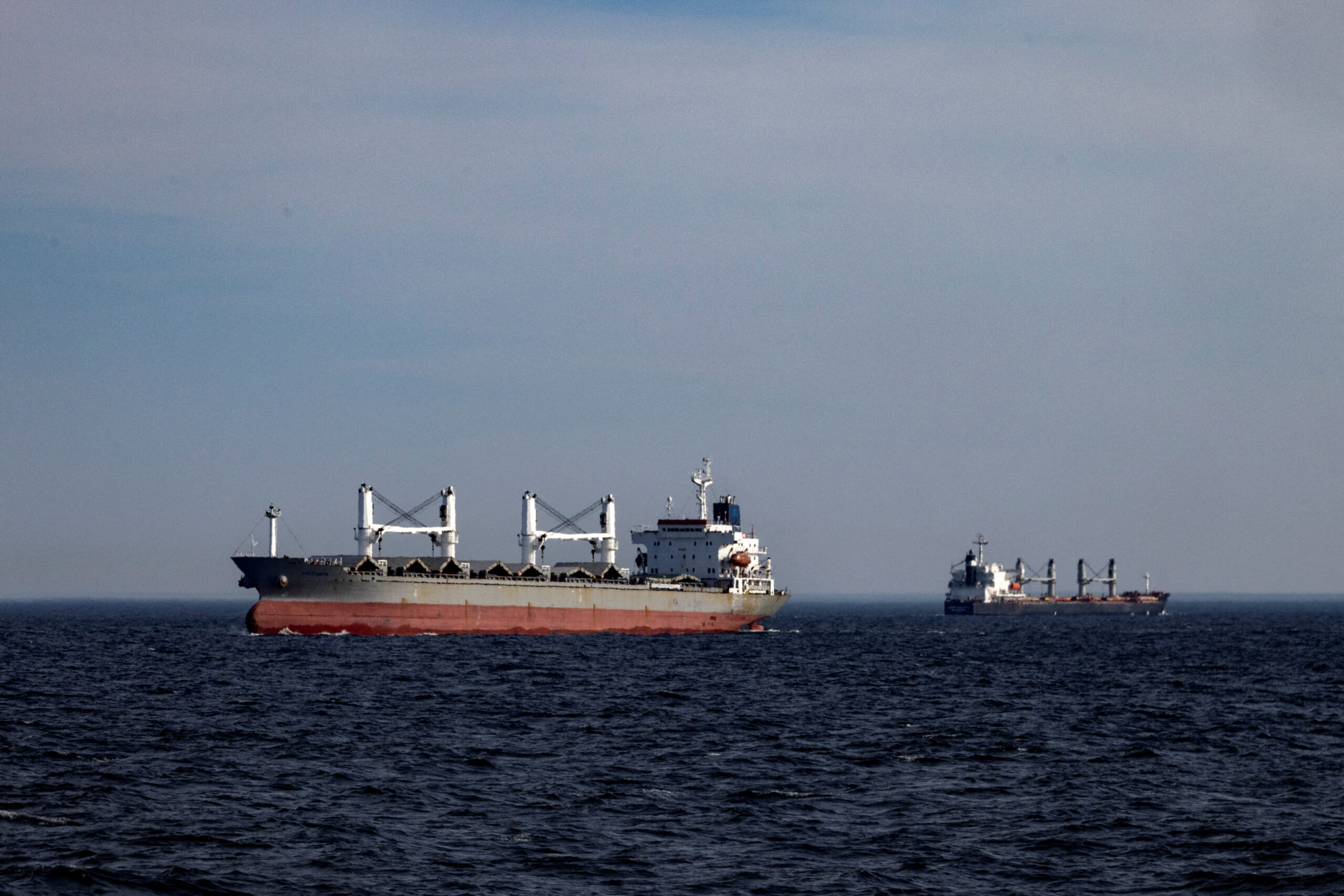.
By Mike Schuler and Rob Almeida,
It’s no secret that proper education and training are important to the success of the U.S. merchant marine.
As today’s maritime landscape continues to evolve however, a review by the U.S. Government Accountability Office (GAO), in accordance with the Coast Guard and Maritime Transportation Act of 2012, attempted to shed some light on questions surrounding the U.S. Maritime Administration’s (MARAD) role in ensuring U.S. mariner training needs are being met and are in-line with both commercial and national defense requirements. Their report digs into the availability of maritime training, financial assistance and MARAD’s role throughout the process.
Despite a number of training options, the GAO found mariner’s access to financial aid and MARAD’s primary focus on military sealift requirements cause concern among many industry stakeholders.
Maritime training for domestic waterway and oceangoing operations is currently available through many public and private entities, in addition to employer-provided training. This includes the U.S. Merchant Marine Academy (USMMA), six state maritime academies, 14 community colleges, five major union-affiliated schools, and about 230 private sector schools, according to the latest data collected by the GAO.
In their report, the GAO said that even with a broad array of federal and non-federal financial assistance programs available, several industry stakeholders stated that some current and prospective mariners still lack access to financial assistance.
Considering MARAD’s primarily focus to support the oceangoing sector of the maritime industry, which is directly tied to the Military Sealift Command, Ready Reserve Force (RRF) and U.S. national defense objectives, its training budget is primarily allocated to students at the USMMA and at the state maritime academies who receive unlimited tonnage U.S. Coast Guard licenses upon graduation.
The GAO found that MARAD has purposely not focused on the domestic commercial sector because the resources needed to support military sealift and RRF requirements consume its available budgetary resources. This issue was expressed quite clearly in a recent speech by RADM Thomas Shannon, Commander, U.S. Navy Military Sealift Command.
Over the past decade however, the U.S. maritime industry has seen a significant shift from oceangoing to domestic sectors, which encompasses growing areas such as offshore oil and gas industry and inland and coastal transportation.
The report found that some stakeholders interviewed expressed concerns about MARAD’s focus on the oceangoing sector especially as the maritime industry has evolved to predominantly serve domestic waterways.
The report noted officials from three maritime academies had expressed the need for more information to develop courses to meet domestic industry requirements, and several company stakeholders expressed similar concerns about the academies’ lack of curriculums specifically tailored for the domestic sector.
It’s important to note, at this point, that MARAD’s stated mission is to ensure “a viable U.S. merchant marine that is vital to commerce, emergency response, and national security.”
MARAD officials acknowledged the fact that many mariners now prefer to work domestically and that this shift in preference, combined with the decline in the number of U.S. oceangoing ships, has resulted in fewer qualified mariners to meet U.S. oceangoing requirements.
MARAD’s support of the U.S. Merchant Marine Academy and the other state maritime academies continues to ensure that mariners with unlimited 3rd mate, or 3rd A/E tickets are earned upon graduation. This by itself would appear to largely fulfill MARAD’s responsibilities from a national defense standpoint.
Should MARAD be responsible for providing specific training for U.S. Coast Guard licensed mariners who choose to work on drillships or tugs?
Even though there may not be enough “deep sea” jobs out there on U.S. flagged vessels for all the new academy graduates, it seems hard to argue that MARAD should still be financially responsible to provide a facility (whether financial or physical) for which these unlimited mariners gain specialized training in say dynamic positioning, dredging or inland waters transportation.
The Jones Act provides significant protection for a viable U.S. Merchant Marine and as anyone in the maritime training business can tell you, it’s a competitive playing field.
In our opinion, the only thing MARAD needs to do is create a maritime strategy within which the commercial industry can operate, and hopefully find market-based solutions to any training deficiencies which may exist that are independent of the United States’ national defense strategy.
The GAO recommends however, that MARAD study and identify training problems that impact the “entire maritime industry.”
Admittedly, MARAD does not seem to have the resources to conduct such a study, and as anyone who was at the recent Maritime Administration kumbayah in Washington, DC last month can tell you, the number one priority is to come up with a maritime strategy.
The entire report can be found HERE: Maritime Administration Should Assess Potential Mariner-Training Needs

 Join The Club
Join The Club











